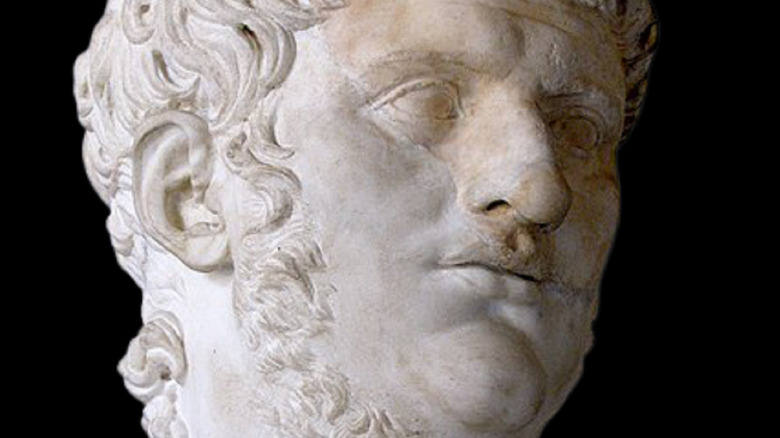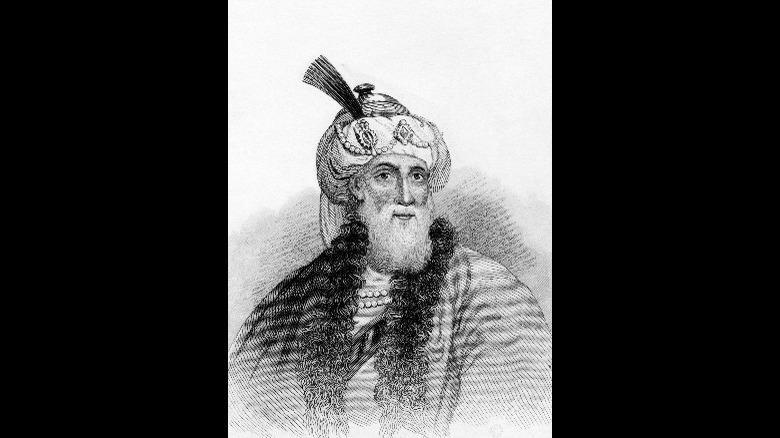Halley's Comet Is Connected With This Major Event In Judaism
One of the most famous heavenly bodies known to man, Halley's Comet is visible on Earth about every 76 years. According to History, the earliest probable recorded sighting of the comet was in Greece in 466 B.C. Chroniclers described it as a "huge fiery body" visible in the sky for 75 days, and a meteorite fell from the comet and landed in the Dardanelles strait.
Throughout its long existence, Halley's Comet has been seen as an omen and thus linked to historical events. In A.D. 451, it was thought to portend Attila the Hun's defeat at the Battle of the Catalaunian Plains. In 837, Holy Roman Emperor Louis the Pious was afraid of the comet and turned to religion to ward off the bad fortune he thought it symbolized. Most famously, in 1066, both the English and Normans saw it during the Norman Conquest. The English also believed it signaled bad luck, while the Normans thought it boded well for their chances in battle (via History). Heavenly influence or not, the Normans did win. Before all that, in A.D. 66, a sighting of the comet was associated with the First Jewish Revolt.
The beginning of the war
A revolt of the Jewish people against their Roman overlords began in A.D. 66. According to the A.D. History Podcast, anger and resentment had built up over the years thanks to high taxes and Roman interference in Jewish religious practice, which violated Jewish monotheistic beliefs. Most of the profits that were sold in the markets of Jerusalem were not returned to the Judean economy by siphoned straight off to the Roman elites. The Jewish people were also tired of class divisions and government corruption under the Roman Empire. according to the World History Encyclopedia.
Emperor Nero's death in A.D. 68 led to the rise of anti-Roman rebel groups called the Zealots. When these groups combined forces, they overcame a small Roman garrison and were able to set up a revolutionary government that ruled throughout the country, according to Britannica. However, the Romans weren't to happy and launched a retaliation (via A.D. History Podcast).
Halley's comet and the war's outcome
Romans spotted Halley's comet over their city the same year as these revolts. The Jewish historian Flavius Josephus (pictured) wrote, "Thus there was a star resembling a sword, which stood over the city, and a comet, that continued a whole year." The Romans believed this was a good omen, a sign that they would be victorious over the Jewish people (via A.D. History Podcast). Like the Normans, they were correct in their prediction.
Nero sent Vespasian to Judea with an army to retake the territory. They faced Jewish forces led by Josephus. The Roman forces routed the Jewish ones, took the fortress of Jatapata, and captured Josephus (via Britannica). Four years after the start of the rebellion, they breached the walls of Jerusalem and destroyed the city, burning the Second Temple, which was very important to the Jewish people. According to Josephus, there were over a million Jews who were killed at the hands of the Romans. The Roman overtaking of Judea began the Jewish diaspora that lasted for the next 2,000 years. Halley's comet had given the Romans the morale they needed to be victorious.


